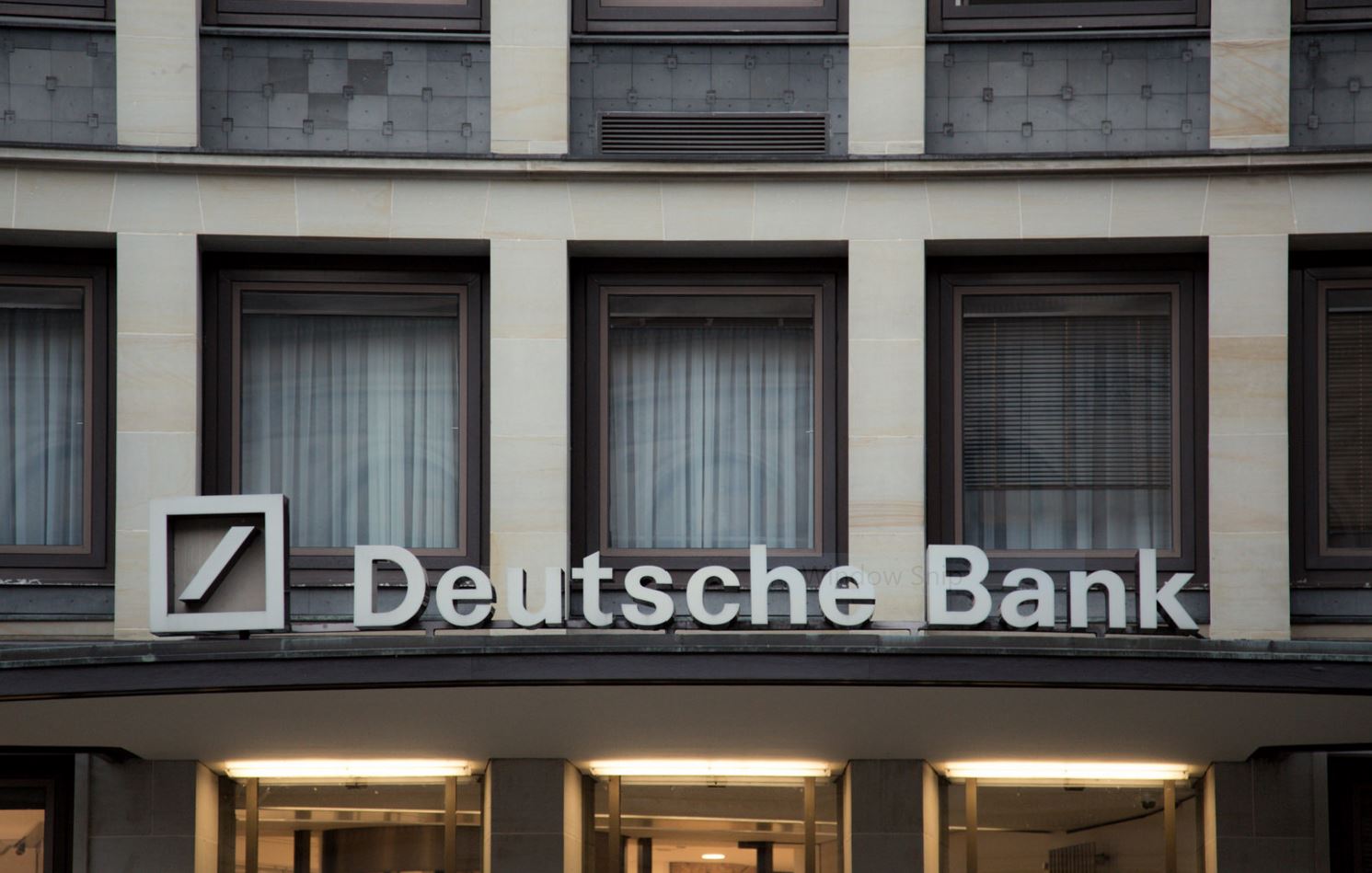According to Otto Christian Kober, Global Head of Methodology at Thomson Reuters Lipper, assets under management in the global collective investment funds market grew US$167.6 billion (+0.5%) for September and stood at US$37.40 trillion at the end of the month. Estimated net outflows accounted for US$7.3 billion, while US$174.9 billion was added because of the positively performing markets. On a year-to-date basis assets increased US$2.43 trillion (+6.9%). Included in the overall year-to-date asset change figure were US$306.9 billion of estimated net inflows. Compared to a year ago, assets increased a considerable US$3.44 trillion (+10.1%). Included in the overall one-year asset change figure were US$664.8 billion of estimated net inflows. The average overall return in U.S.-dollar terms was a positive 0.7% at the end of the reporting month, outperforming the 36-month moving average return by 0.6 percentage point.
Most of the net new money for September was attracted by bond funds, accounting for US$37.9 billion, followed by mixed-asset funds and real estate funds, at US$6.8 billion and US$0.8 billion of net inflows, respectively. Money market funds, at negative US$46.7 billion, were at the bottom of the table for September, bettered by alternatives funds and equity funds, at US$2.9 billion and US$2.6 billion of net outflows, respectively. All asset types posted positive returns for the month, with commodity funds at 2.4%, followed by “other” funds and real estate funds, with 1.8% and 0.9% returns on average. The best performing funds for the month were commodity funds at 2.4%, followed by “other” funds and real estate funds, with 1.8% and 0.9% returns on average. Money market funds, at positive 0.3%, bottom-performed, bettered by mixed-asset funds and alternatives funds, with positive 0.5% and positive 0.6%, respectively.
Most of the net new money for the year to date was attracted by bond funds, accounting for US$409.9 billion, followed by commodity funds and “other” funds, with US$26.9 billion and US$5.5 billion of net inflows, respectively. Equity funds, at negative US$92.5 billion, were at the bottom of the table for the year to date, bettered by alternatives funds and money market funds, with US$23.6 billion of net outflows and US$20.5 billion of net outflows, respectively. All asset types posted positive returns for the month, with commodity funds at 11.9%, followed by “other” funds and bond funds, with 7.9% and 7.8% returns on average. Money market funds, at positive 2.0%, bottom-performed, bettered by alternatives funds and real estate funds, at positive 2.0% and positive 6.3%, respectively.
Most of the net new money for the one-year period was attracted by bond funds, accounting for US$420.4 billion, followed by money market funds and commodity funds, with US$219.9 billion and US$24.9 billion of net inflows, respectively. Alternatives funds, at negative US$34.8 billion, were at the bottom of the table for the one-year period, bettered by “other” funds and real estate funds, with US$0.6 billion and US$5.3 billion of net inflows, respectively. All asset types posted positive returns for the one-year period, with equity funds at 10.8%, followed by “other” funds and mixed-asset funds, with 10.5% and 8.5% returns on average. The best performing funds for the one-year period were equity funds at 10.8%, followed by “other” funds and mixed-asset funds, with 10.5% and 8.5% returns on average. Money market funds, at positive 1%, bottom-performed, bettered by alternatives funds and commodity funds, at positive 1.3% and positive 2.6%, respectively.
Looking at Lipper’s fund classifications for September, most of the net new money flows went into Bond USD Medium Term (+US$7.8 billion), followed by Equity Japan and Equity Emerging Mkts Global (+US$6.5 billion and +US$5.8 billion). The largest net outflows took place for Money Market USD, at negative US$32.9 billion, bettered by Money Market KRW and Equity US, at negative US$10.7 billion and negative US$8.7 billion, respectively.
Looking at Lipper’s fund classifications for the year to date, most of the net new money flows went into Bond USD Medium Term (+US$98.4 billion), followed by Bond USD Municipal and Money Market GBP (+US$46.4 billion and +US$43 billion). The largest net outflows took place for Equity US, at negative US$64.2 billion, bettered by Equity Europe and Mixed Asset CNY Flexible, at negative US$48 billion and negative US$47.7 billion, respectively.
Looking at Lipper’s fund classifications for the one-year period, most of the net new money flows went into Bond USD Medium Term (+US$112.8 billion), followed by Money Market USD and Money Market CNY (+US$78.5 billion and +US$68.2 billion). The largest net outflows took place for Equity US, at negative US$55.2 billion, bettered by Mixed Asset CNY Flexible and Equity Europe, at negative US$33.4 billion and negative US$33.0 billion, respectively.











